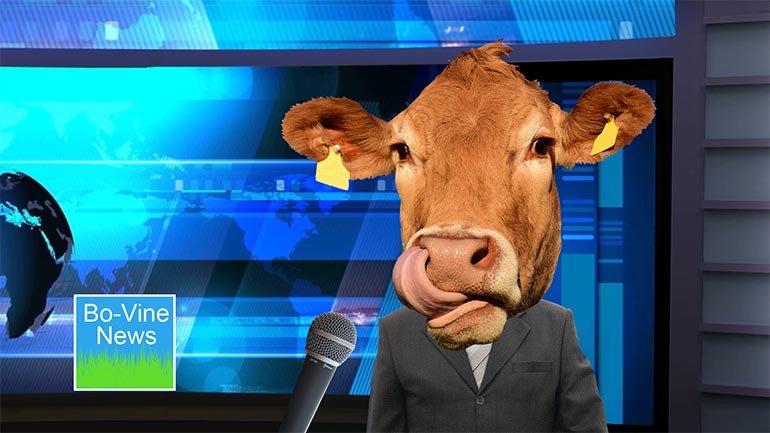ShmoopTube
Where Monty Python meets your 10th grade teacher.
Search Thousands of Shmoop Videos
Finance: How do you Differentiate Between Large Cap, Mid-Cap and Small Cap Companies? 13 Views
Share It!
Description:
The general designated designation cut-off points for categorizing companies by market capitalization is as follows: Large Cap is $10 billion and above; Mid-Cap is $2-10 billion, and Small Cap is $300 million-$2 billion. Under $300 million can be considered Micro Cap. The categorizations are important for fund managers who operate under strict guidelines as to asset allocation, as larger cap companies tend to incur less risk but move more slowly, while the inverse is true with smaller cap companies.
Transcript
- 00:00
- a la shmoop. how do you differentiate between large-cap mid-cap and small-cap
- 00:08
companies? all right well people it's all about the
- 00:11
cap ,so what is the cap again? no no this cap. that's market cap. market [woman holds graduation cap]
- 00:18
capitalization or rather the value that Wall Street investors are placing on the
- 00:24
company's future earning hours- that's how you kind of value companies right?
Full Transcript
- 00:29
well simply put to make categorizing investing in these companies easier,
- 00:33
mutual funds and index funds have somewhat arbitrarily created brackets
- 00:38
for the three different sizes of companies. the presumption runs that
- 00:42
smaller companies carry more risk but grow faster than very large companies.
- 00:48
they're more volatile and they appealed to a certain type of investor. medium
- 00:52
sized companies well yeah there's somewhere in the middle, shockingly. and [3 company sizes listed]
- 00:55
well yeah large cap they don't grow as fast a dividend usually and kind of they
- 01:00
are what they are. so what are the numbers. well this is how they were
- 01:03
created. the first gradation was started at a billion dollars or so and it ended
- 01:08
at about five billion like below a billion it's like a nano cap. or it's a
- 01:13
really small cap company and many companies grow through all three phases
- 01:16
of small medium and large cap. take a Netflix- please for 995 a month they pay
- 01:22
those four to say that. all right well Netflix came public at a valuation of [man speaks to camera]
- 01:25
around 300 million dollars, really small small cap. it then grew and grew and grew
- 01:29
from being a small cap company to a mid cap company when it passed the valuation
- 01:33
of five billion dollars, and then continued growing to the large cap
- 01:37
behemoth it is today at 50 billion plus. Netflix did well. so Netflix generally
- 01:43
kept its number of shares outstanding flat-ish few options there it got that
- 01:48
looted a little bit, and as a stock price rose the market capitalization rose, as
- 01:53
well or said another way investors valued the company more and more highly.
- 01:59
so Netflix graduated from being a small cap to being a mid cap, a half dozen [Netflix logo with stocks and investors pictured]
- 02:04
years or so after it went public, and a half dozen or so years later it
- 02:09
graduated past the twenty five billion dollar threshold to being considered
- 02:13
a large cap company. today and there's another casual class called mega cap
- 02:19
which generally comprises companies with market valuations over a hundred or two
- 02:24
hundred billion dollars. these companies are behemoths like ATT
- 02:29
Apple Amazon and many other companies whose names don't start with the letter
- 02:34
A. so that's it they differ between large mid and small cap companies you'll have
- 02:38
to make like Goldilocks and choose the one that's just right for you. [Goldilocks smiles at three bowls of various sizes on a table]
Up Next
GED Social Studies 1.1 Civics and Government
Related Videos
What is bankruptcy? Deadbeats who can't pay their bills declare bankruptcy. Either they borrowed too much money, or the business fell apart. They t...
What's a dividend? At will, the board of directors can pay a dividend on common stock. Usually, that payout is some percentage less than 100 of ear...
How are risk and reward related? Take more risk, expect more reward. A lottery ticket might be worth a billion dollars, but if the odds are one in...




